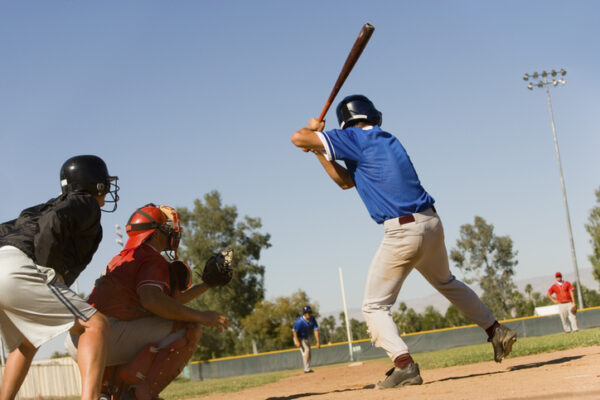Cardiac arrest among young athletes on the playing field can be terrifying for families and other players. However, with prompt treatment and safety precautions in place, athletes who experience cardiac arrest during play can recover. Dr. Joe Congeni, director of the Sports Medicine Center at Akron Children’s, explains more about this type of injury and how parents can help their student athletes stay safe.

“Thankfully, life-threatening situations don’t occur all the time, but emergency-type situations can occur and that’s why you oftentimes see an emergency squad at games,” said Dr. Congeni. “Athletic medical staff are always preparing for the worst that can happen when they’re on the sidelines and don’t have a full emergency room or ICU right there.”
Why does cardiac arrest happen in student athletes?
A sudden blow to the chest can cause the heart to go into a chaotic, abnormal rhythm, which results in cardiac arrest. The abnormal rhythm results in not enough blood being pumped throughout the body. This is typically caused by a fast-moving projectile, so athletes involved in sports like baseball, lacrosse or hockey are most at risk. But football players are also at risk.
Why are younger athletes at risk?
Younger athletes are at risk because the chest wall is very elastic and without as much muscular protection as athletes in late high school, college or professionals.
How is cardiac arrest treated in student athletes who receive a blow to the chest?
A shock to the heart via an automated external defibrillator (AED) helps the heart regain normal rhythm. A patient may also receive CPR.
“Typically, in cases like this where there’s abnormal heart rhythms, we use an AED and it works fairly quickly and the pulse comes back, the heart rate comes back, the breathing comes back fairly quickly,” said Dr. Congeni.
What can parents do to keep their student athletes safe?
The number one thing Dr. Congeni recommends parents can do is ensure there is an AED available at their child’s sports venue.










